Jun 4, 1916 – Sep 20, 1916
Background from WorldWar1.com
Appeals from France persuaded Russia into launching a dual winged attack into Vilna Naroch as a counter to German activity in Verdun. Instituted on 18-Mar-1916, it ground to a halt in the mud of the spring thaw. German losses of 20,000 men were nothing compared to the 70,000 – 100,000 lost by the Russians. It did nothing to improve already low Russian morale.
Later that spring the Austrians attacked Italy at Trentino, bringing cries for help from the Italian government. The Russian government saw an opportunity to re-establish their previous military prestige and bolster public morale with a potentially glorious victory. General Aleksei A. Brusilov organized and launched this delayed, but still somewhat premature, surprise offensive on 4-Jun-1916.
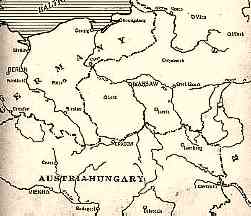
The Eastern Theater.
(click to zoom)
General Brusilov replaced General Ivanov on 14-Apr-1916 by order of the Czar Nicholas II. Brusilov proposed an offensive to the Czar but the two other generals, Evert and Kuroptkin, preferred to stay defensive in the war, claiming a lack of heavy artillery and shell for an offensive. They argued heatedly until the Czar agreed to give the go ahead for Brusilov’s Offensive. Brusilov had advised an attack on all fronts in light of Germany’s superior rail communication. The surprise attack would be launched at the end of May and the southwestern front would make the initial move with the main thrust following on the western front towards Wilno. The southern front’s objective was to take Kovel, an important Austrian railway center. The four armies were to be given six weeks of preparation time without obvious amassing of troops or preliminary artillery preparation in order to preserve the element of surprise. With four armies forming behind a 200 mile line sector, anticipating the main attack becomes very difficult. Unfortunately, Brusilov’s initial plan disintegrated (much like the Schlieffen Plan) in the field.
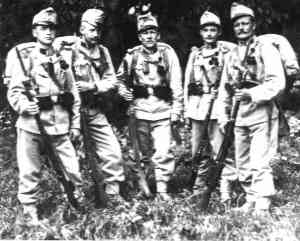
Austro-Hungarian marksmen of the Tiroler Kaiserjaeger
await action on the Eastern Front, 1916.
The original plan anticipated six weeks of preparation time. This was not to be so. The Austro-Hungarian line Brusilov intended to break through was solidly fortified. One behind the other, three defensive belts lay. Each belt was a minimum of three well-built, full-depth trenches including machine gun nests, sniper hide-outs and communication tunnels dug 50-60 feet apart. Aerial photographs, courtesy of Russian aircraft, provided an excellent view of these defenses and the information transferred to a large-scale map. Officers studied the terrain of the intended battle site. Most soldiers kept well behind the line. The Russians dug their own trenches as assembly and jump off points along the Austrian Front-line trenches. As Brusilov readied his troops and the end of the month drew nearer, the pressure began to mount. Then, just before the projected date of attack, Evert announced his Western Front troops required more time for further preparation. Brusilov was alarmed, to say the least, as his Southwestern Army was only a preliminary diversion for Evert’s main Western offensive. The urgent situation at Verdun to the West added further pressure on the success and swiftness of the Russian offensive.

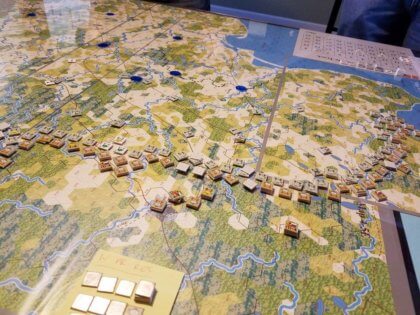
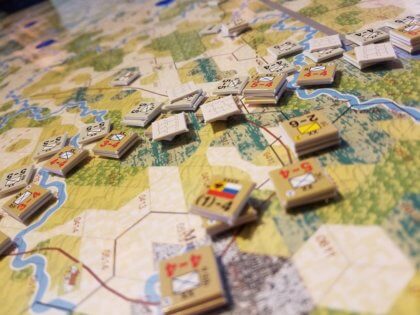
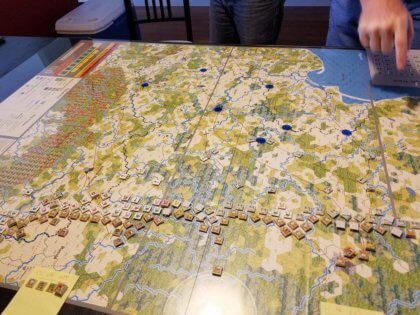
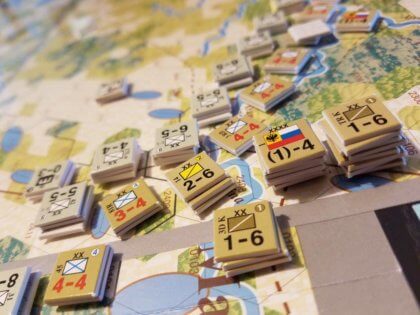
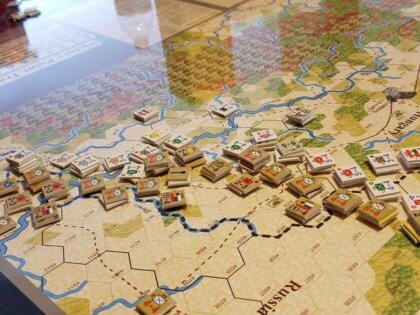
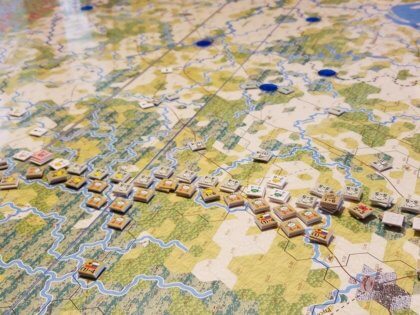
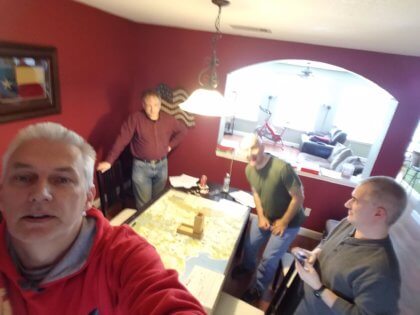
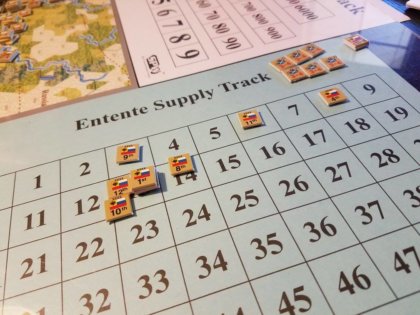
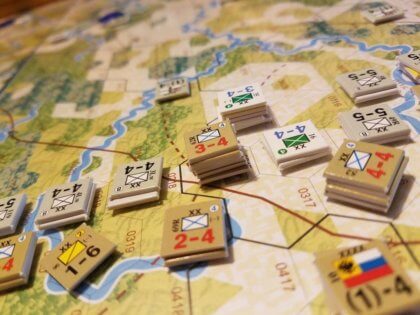
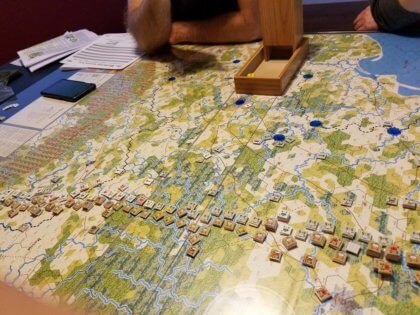
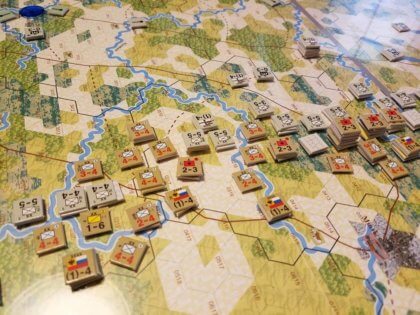
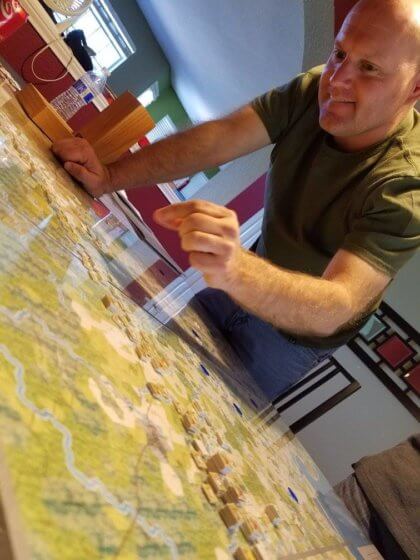
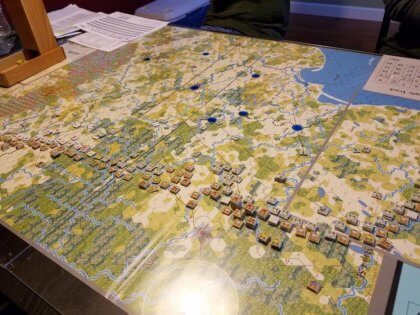
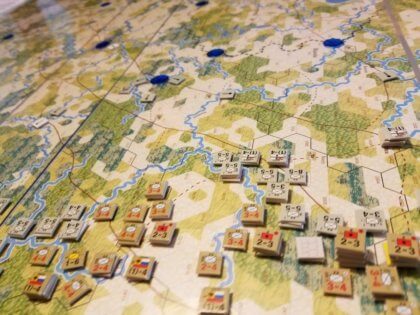
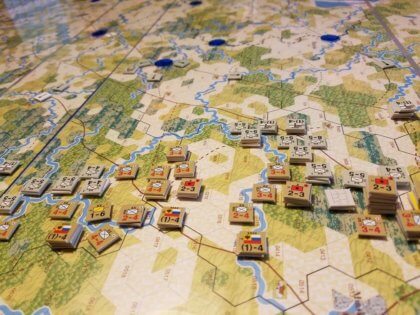
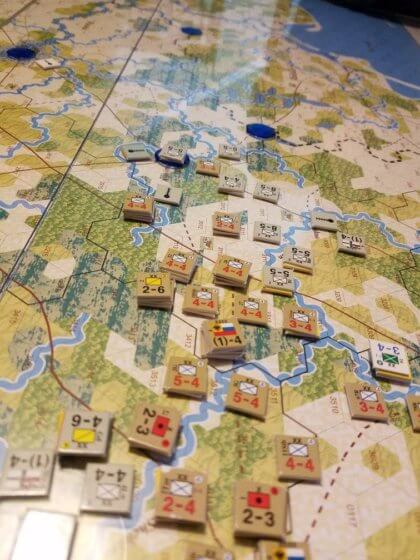
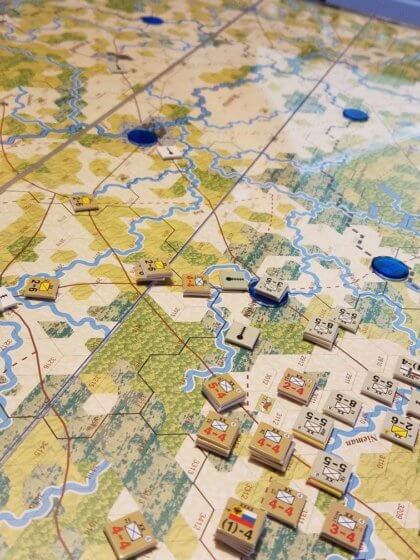
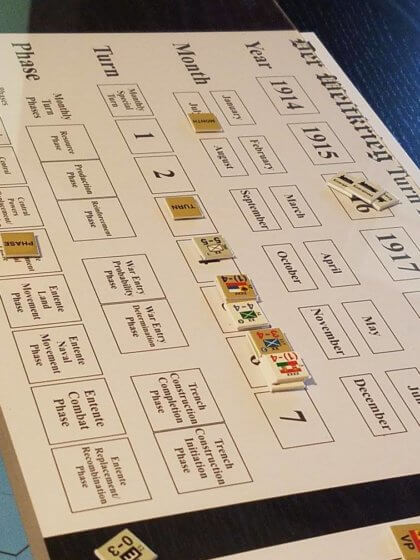
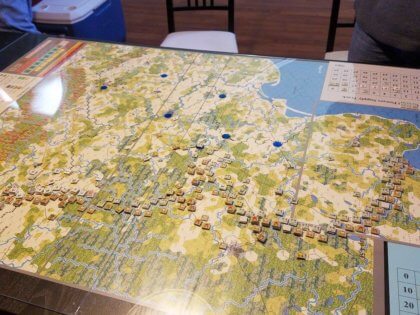
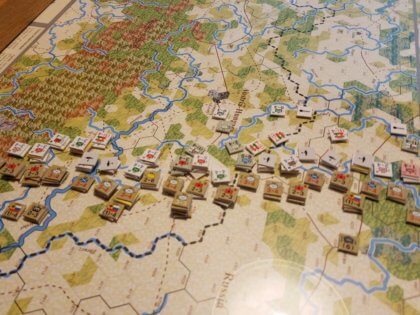
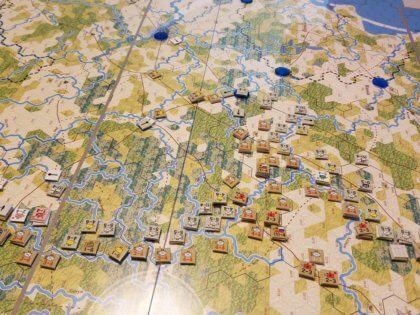
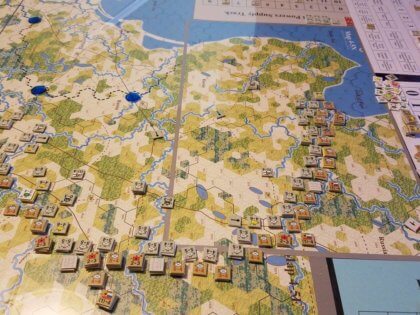
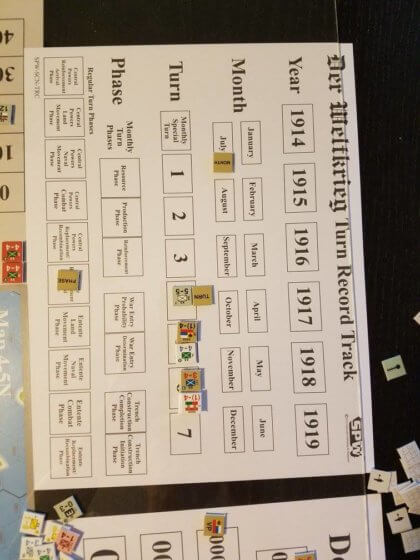
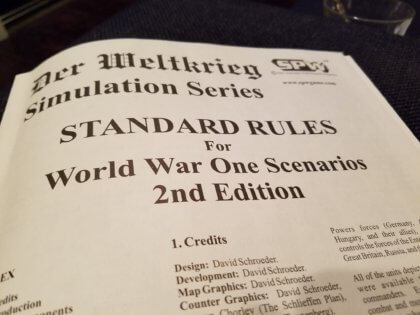
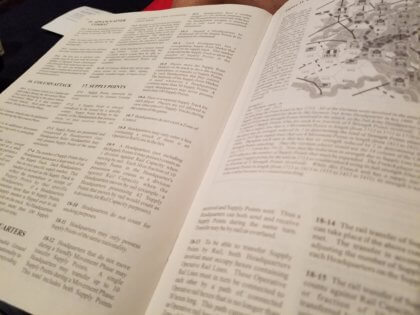
Wow, that’s quite a bit bigger and more involved than the quad game from SPI’s Great War in the East “quint”!!! One day I hope to get that on the table….. nice to give the First World War some love, eh!
One day I hope to get that on the table….. nice to give the First World War some love, eh!